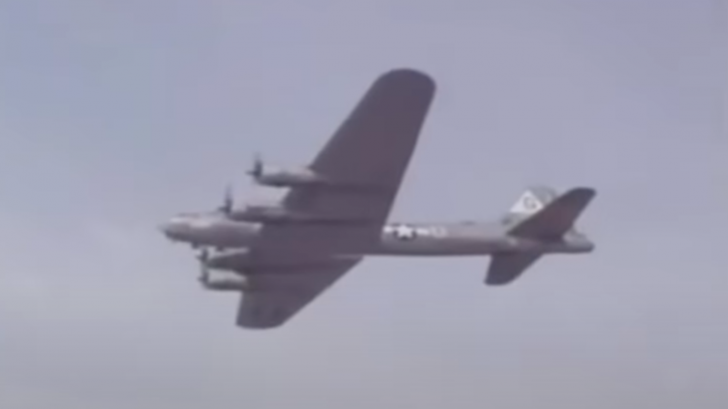Obviously, the B-24 is a highly regarded aircraft and was a tremendous help to the Allies in WWII. However, having a distinguished war record doesn’t mean you don’t have flaws.
Davis Wing
The attribute that gave the Liberator its strength is also its weakness. Its wings allowed for a high cruise speed, heavy bomb load, and a legendary range. In turn, the B-24 had a greater wing load compared to the B-17 and could not endure as much combat damage.
Low Service Ceiling
Flak was the bane of all Liberators, much like other huge aircraft at the time. Having a lower service ceiling compared to the B-17 meant that the B-24s were more likely to be hit by flak. As the war went on with the Germans’ rapid development in radar systems, more and more Liberators were shot down.
Poor Flying Characteristics
The B-24 was very hard to maneuver, according to its pilots. Many of whom found it difficult to keep flying in formations. Because of this – and many other reasons, the B-24 Liberators became a preferred target for German fighters to pick off. Fortunately, escort fighters were later introduced in the war and helped protect these slow heavy bombers from enemy fighters.
Flaws Aside
Despite its minor flaws, the B-24’s impact on the war simply cannot be dismissed. The Liberator rose to acclaim in the Pacific, where long range aircraft were much needed. Japanese defenses were also comparatively sparse when compared to the Germans. It replaced the B-17 in the Pacific in 1942.
Are these flaws or merely tradeoffs?
These weren’t considered flaws as they were tradeoffs. They could have increased the service ceiling by reducing the bomb load, but they didn’t. Instead, they focused on delivering more bombs and from further away.
All in all, the B-24 Liberator was a successful design – that, we can all agree on.



